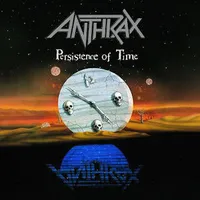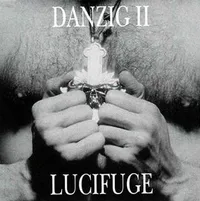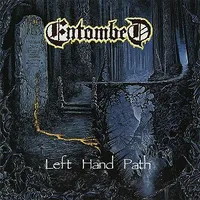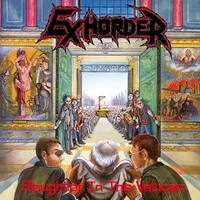The Top 20 best metal albums of 1990
20 killer albums that kicked off the decade that would transform metal forever
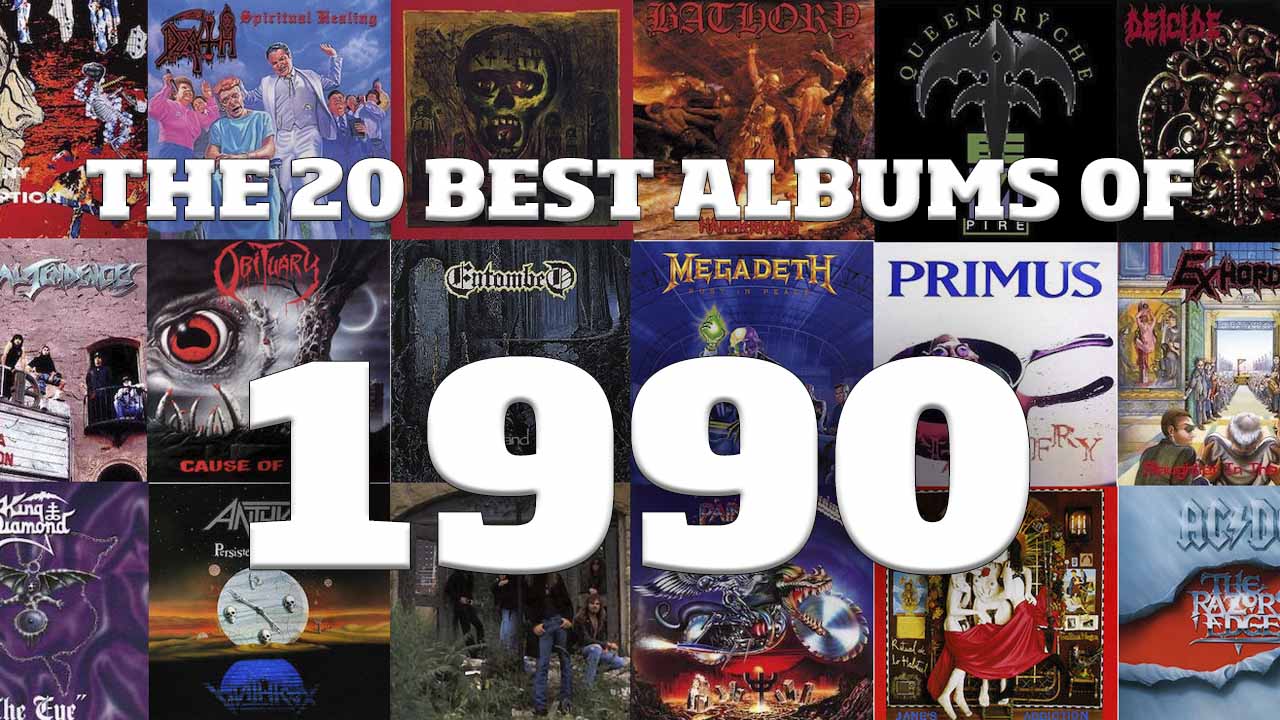
New decade, new start. At least that's the way the cliché goes. And, as the 1980s turned into the 1990s, metal was certainly ready for a change. Hair metal had dominated the past few years, but it was starting to look as bedraggled as a Pomeranian in a hurricane. Even thrash metal was beginning to run out of juice, though Big Four charter members Slayer, Megadeth and Anthrax still managed to serve up classic albums in Seasons In The Abyss, Rust In Peace and Persistence Of Time respectively.
But mostly, 1990 was where metal’s mutant strains began to take over the host body. Extreme noise terrorists Entombed, Deicide and Obituary dragged death metal out of the sewers, Napalm Death slowed down their million mph grindcore without losing any of their intensity, and black metal pioneers-turned-viking warriors Bathory continued their journey to the halls of Valhalla.
Elsewhere, the walled garden of the metal world was being subtly dismantled. LA visionaries Jane’s Addiction hoisted their freak flag high, merging wired hard rock, alt-metal and drug-addled psychedelia and laying the groundwork for grunge to come in and clear the decks a year later.
Yet the old guard weren’t ready to hang up their spurs yet. AC/DC got their decade off to a blockbusting start with The Razors Edge, and Judas Priest delivered one of the greatest albums of their career with the mighty Painkiller.
But even they couldn’t stop the tides sweeping in from all angles. The times were changing, and so was metal. Here are 20 landmark albums that kicked off the decade that would transform metal forever.

AC/DC - The Razors Edge
After a wobbly 80s, The Razors Edge was the sound of AC/DC reclaiming their title of the world’s greatest hard rock band in the post-Appetite For Destruction landscape. Producer Bruce Fairbairn reportedly took Angus Young to one side and told him: “I want you to sound like AC/DC when you were 17”. Nowhere was that trademark sound captured better than on opener Thunderstruck, arguably the last of the Aussie’s truly blockbusting anthems. The coming decade would herald the arrival of grunge, nu metal and pop punk. Naturally, AC/DC would see ’em all off.
Alice In Chains - Facelift
Alice In Chains' debut album, Facelift, was the first blockbuster grunge album – the first grunge album to leave an impression on the charts, thanks to the success of unexpected hit single Man In The Box.
It was also one of the most influential. Its steely riffs and haunting harmonies were imitated but never bettered, capturing the spirit of a changing age and paving the way for Nevermind, Ten and Badmotorfinger,
Anthrax – Persistence Of Time
Their first album of the new decade also signalled the end of an era for Anthrax. As guitarist Scott Ian said: “We felt we were more than just a thrash band.” Persistence Of Time was a transitional album, made amid much creative tension, and the last from the classic line-up fronted by Joey Belladonna.
A bleak mood prevailed as the band dialled down the gonzoid thrash of old and Belladonna, reluctantly, cut the histrionics. A spiky cover of Joe Jackson’s Got The Time was fun, while it was the heaviness and complexity in Keep It In The Family and Belly Of The Beast that defined Anthrax’s darkest album.
Bathory – Hammerheart
It was a radical reinvention that saw Quorthon develop away from the snarling Satanic black thrash that had made Bathory such an inspirational force in the 80s, towards the epic, doom-laden throb dominating his early 90s work, which proved equally influential on another generation of heathen headbangers. Giving authentically wayward voice to an impassioned clean-voiced chant that seems to echo across a thousand years, Quorthon nailed the effects-laden atmospherics with a stack of tunes that still define Viking metal as powerfully as ever, especially the infectious staccato Baptised In Fire And Ice and the closing grandeur of One Rode To Asa Bay.
Danzig – Danzig II: Lucifuge
Danzig’s second album picked up where their 1988 debut left off, chock full of bullish metal and imbued with dark imagery. In a show of typical braggadocio, Glenn opted to have his muscular chest adorn the cover, but posturing aside, the band are on fine form. The album opens with the excellent Long Way Back From Hell, and maintains its momentum throughout the likes of Snakes Of Christ and Killer Wolf. The brooding Tired Of Being Alive is one of the band’s finest moments and Blood And Tears also shows them adept at keeping it menacing when the music’s not raging.
Death – Spiritual Healing
Death’s third album was a courageous endeavour that marked a period of transition from their adolescent rawness into technical proficiency - a progression largely influenced by the recruitment of seminal shredder, James Murphy.
Along with the stylistic evolution, Spiritual Healing also brought about a change in mainman Chuck Schuldiner’s lyrical ideas from gore into more humanist and religious themes. A valiant artistic exploration which would find itself refined further in the albums to follow.
Deicide - Deicide
Good old Glen Benton. While other death metal bands merely talked about evil, the Deicide frontman really threw himself into it, even branding his own forehead with an inverted cross. Deicide’s debut album sounded exactly how an album made by an actual maniac should sound. Complex but vicious and dripping with anti-Christian vitriol, Satan bloody loved it.
Entombed - Left Hand Path
Progenitors of the now infamous “buzzsaw” sound that set the Swedes apart from the Americans in the early ‘90s, Entombed had catchier riffs, a penchant for horror schlock and an underlying punkiness that made their debut album vastly sharper and more memorable than most. Not just brutal and dark, Left Hand Path was full of genuinely great tunes.
Exhorder – Slaughter In The Vatican
There’s an almighty bunfight for title of “Greatest Lost Band Of The 90s”, but Exhorder are serious contenders. The New Orleans band’s provocatively-titled debut, Slaughter In The Vatican, was released the same year as Pantera’s Cowboys From Hell, and the two albums shared many characteristics: vicious post-thrash riffage, tighter-than-a-duck’s-quacker grooves and serious next-gen attitude.
But Exhorder lacked both the weight of a major label and the ability to keep their own shit together, watching as Pantera went on to become the defining metal band of the 90s, leaving Slaughter In The Vatican sitting on the shelf labelled ‘Stone cold cult classics”. Heavy metal truly is a cruel mistress sometimes.
Jane’s Addiction - Ritual de lo Habitual

Like the Tibetan monks who create paintings out of sand and then throw them into the river, bands have a habit of unleashing their finest work and then imploding. It’s perverse, it’s wilful and it’s tremendously rock’n’roll.
Fitting, then, that Ritual… was Jane’s Addiction’s (first) swansong, because it espouses those values in spades. The whole record, from blistering opener Stop through back-to-back epics Three Days and Then She Did to Classic Girl’s spectral coda, is one gigantic ‘fuck you’; a toxic brew of funk, jazz and metal held together by an extraordinary performance from vocalist and bandleader Perry Farrell.
Sign up below to get the latest from Metal Hammer, plus exclusive special offers, direct to your inbox!
- 1
- 2
Current page: The Top 20 best metal albums of 1990
Next Page The Top 20 best metal albums of 1990Founded in 1983, Metal Hammer is the global home of all things heavy. We have breaking news, exclusive interviews with the biggest bands and names in metal, rock, hardcore, grunge and beyond, expert reviews of the lastest releases and unrivalled insider access to metal's most exciting new scenes and movements. No matter what you're into – be it heavy metal, punk, hardcore, grunge, alternative, goth, industrial, djent or the stuff so bizarre it defies classification – you'll find it all here, backed by the best writers in our game.


